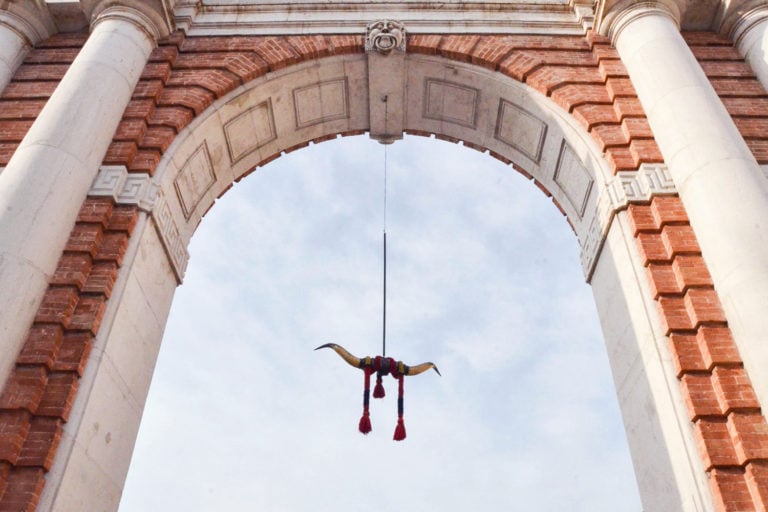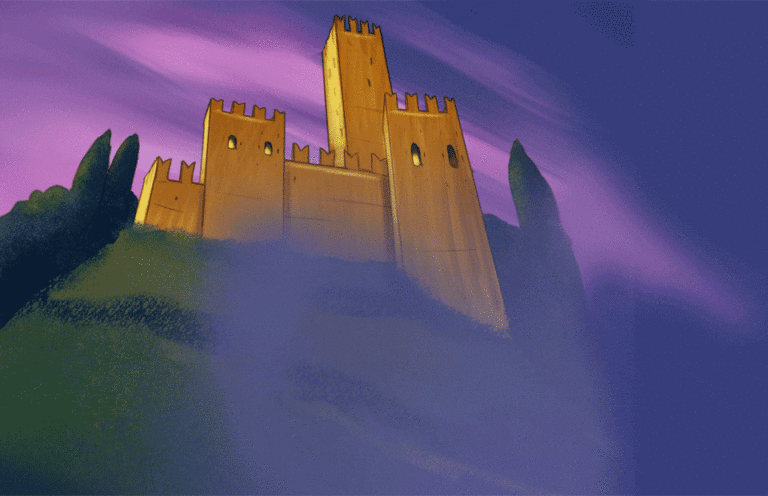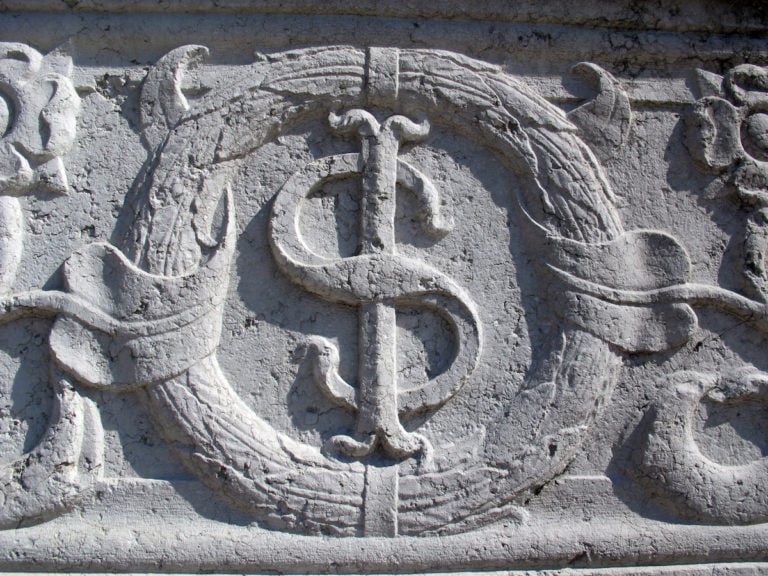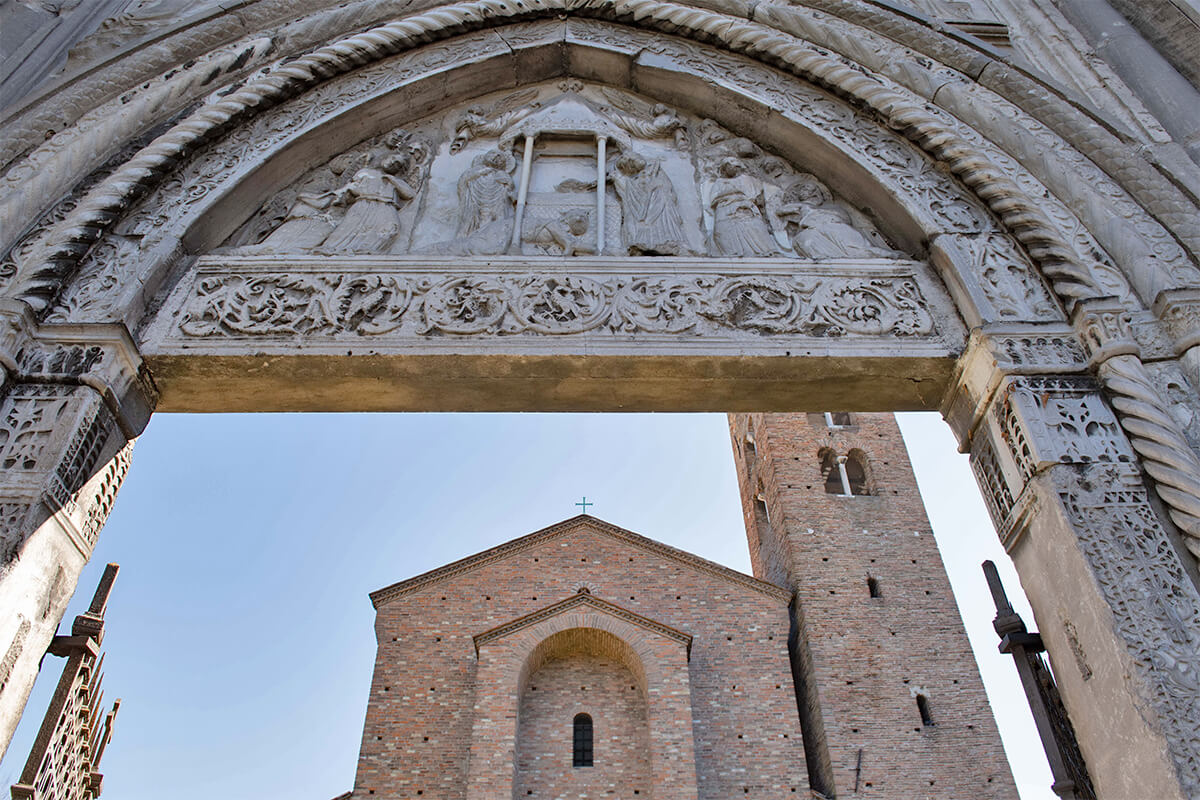Italy is an ancient country, rich in legends and curiosities.
These stories often remain embedded in the names of places or in small details, scattered in the streets of cities.
In the course of time, some traditions have ceased to exist in the words of the people; and little by little they have been lost in the meanders of collective memory.
This article is about six myths and events that are part of Emilia-Romagna’s history, but that not everyone may remember. These six facts regard six cities, their story, their people, and their customs.
Bologna's Taverns
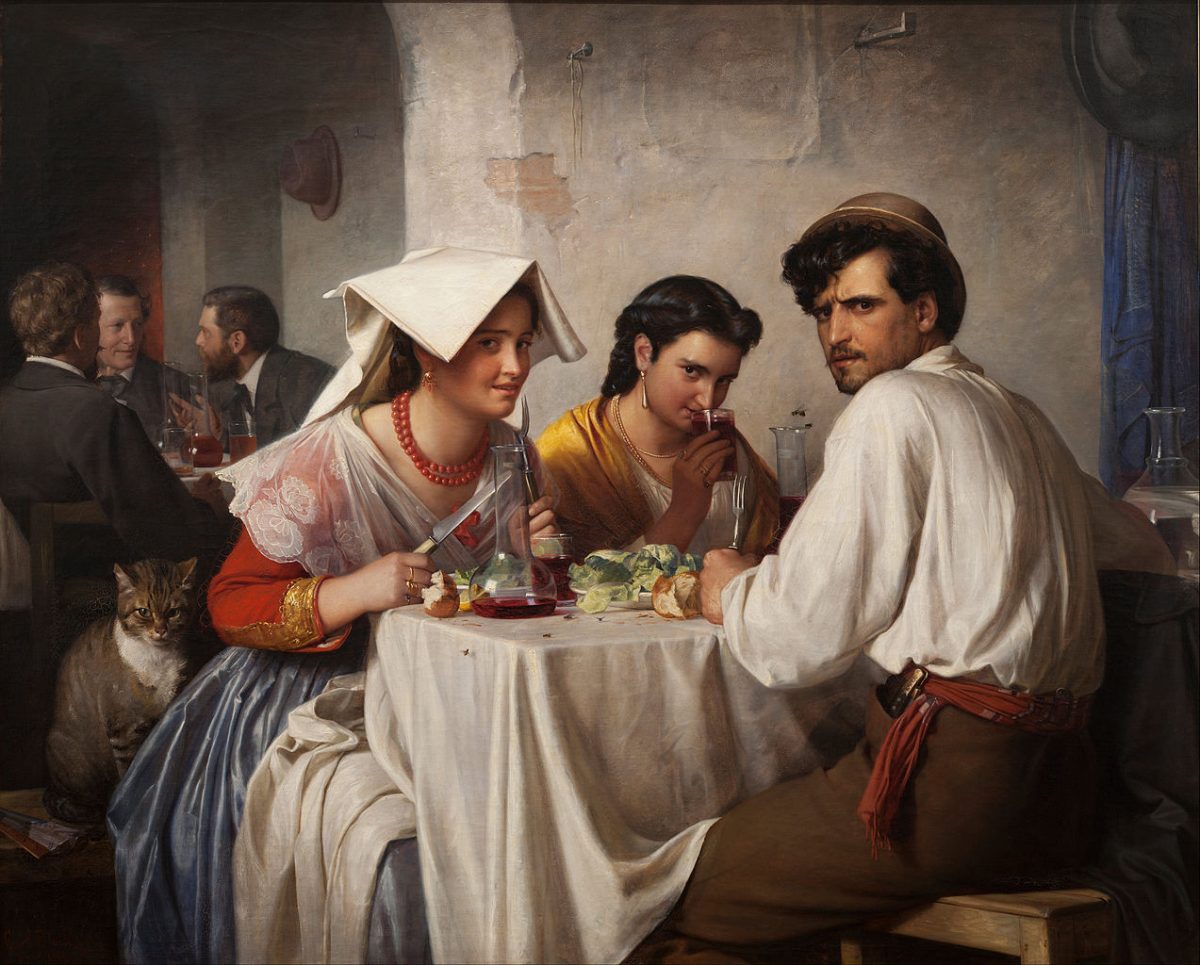
The taverns, or osterie, stand out as some of the most known spots in Bologna.
Indeed they are among the busiest places in the city, maybe for their vintage and naive atmosphere, given by their old wooden tables and the dusty bottles on their shelves. But how were they in the past?
They were popular places for meetings, and many riots and claims often started from there. For this reason, in 1610 a municipal edict limited their clientele.
Until the beginning of the ‘900s the most famous taverns of the city were Osteria dei Bastardini in Tagliapietre street, Osteria Campana in VIII Agosto square, Cantinone di Londra and Bazzanesi in San Felice street; Carnevalazz and Convento in via Zamboni (University area).
They were also famous for the extravagant people they hosted, such as songwriter and popular poets.
The ways in which the food was given was particular too; for example, Osteria del Ghìtton in Pratello street offered the “Beans’ time”: you could buy unlimited beans for half an hour, a kind of an ancient all you can eat.
Alessandro Cervellati, a lover of old Bologna’s stories, wrote about the taverns in the 70s. He reckons that in Via de ‘Poeti there was an inn that, until restoration in 1959, had kept unchanged the original eighteenth-century features.
Ferrara and the jewel of Palazzo dei Diamanti
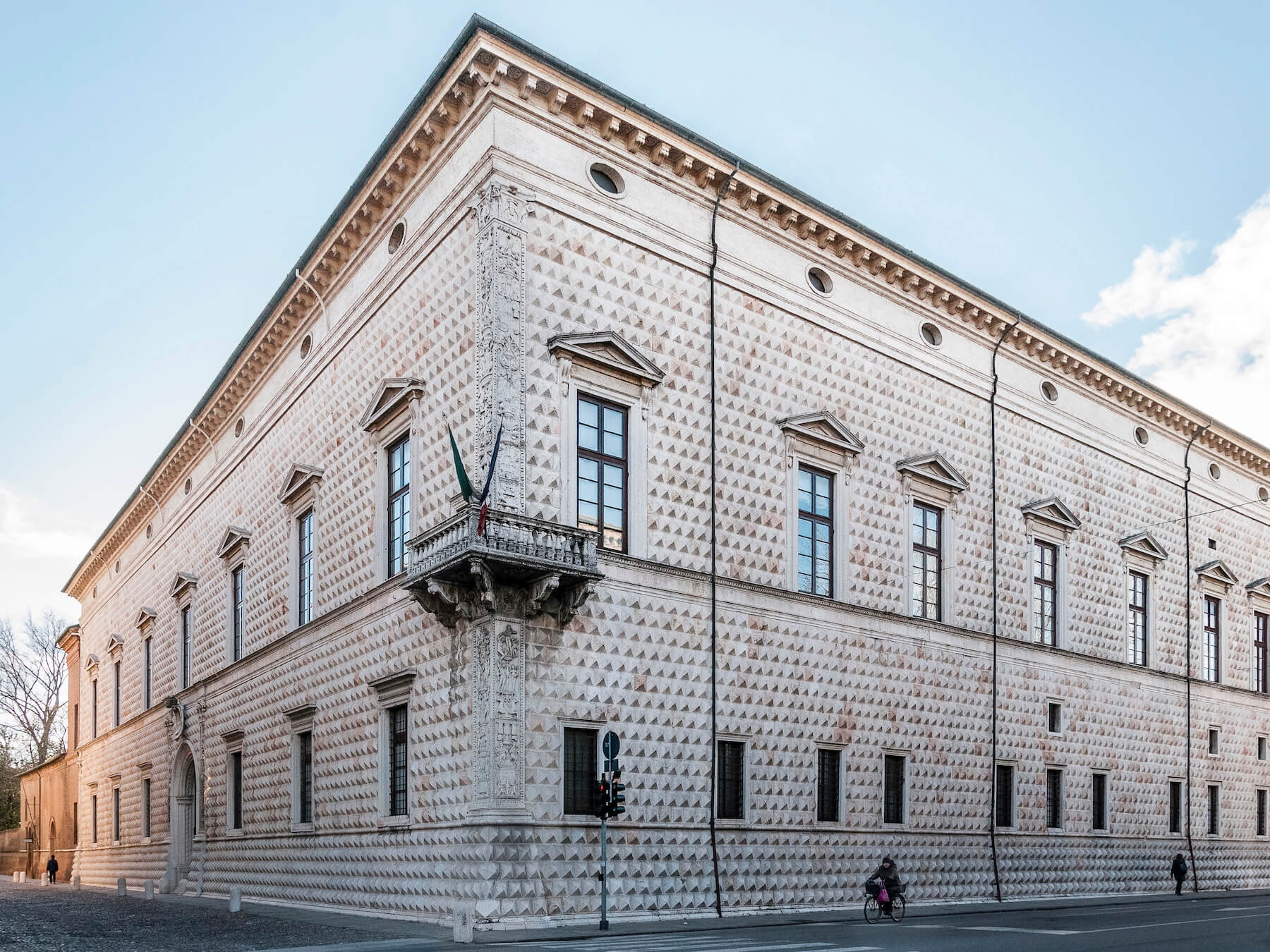
Palazzo dei Diamanti (Diamonds’ Palace) is one of the most beautiful and fascinating historical buildings in Ferrara.
Thousands of diamond-shaped bulges compose its particular facade, where the name comes from. But, according to some, the name Diamonds is due to another fact that happened centuries ago.
It is said that Ercole I d’Este hid a real diamond, belonging to his crown, inside one of the many façade diamonds. Only two people knew the exact location of the jewel: Ercole I d’Este and the master who followed the construction work.
At the end of the work, the Duke summoned the master to court and, after having checked that he hadn’t revealed the secret to anyone, made him blind and cut off his tongue, so that he would never ever reveal anything.
The fact, of course, has no historical reliability, but the legend says that an ancient treasure of the Dukes of Este is still hidden within the building.
Forlì, Saint Mercurialis and the Dragon
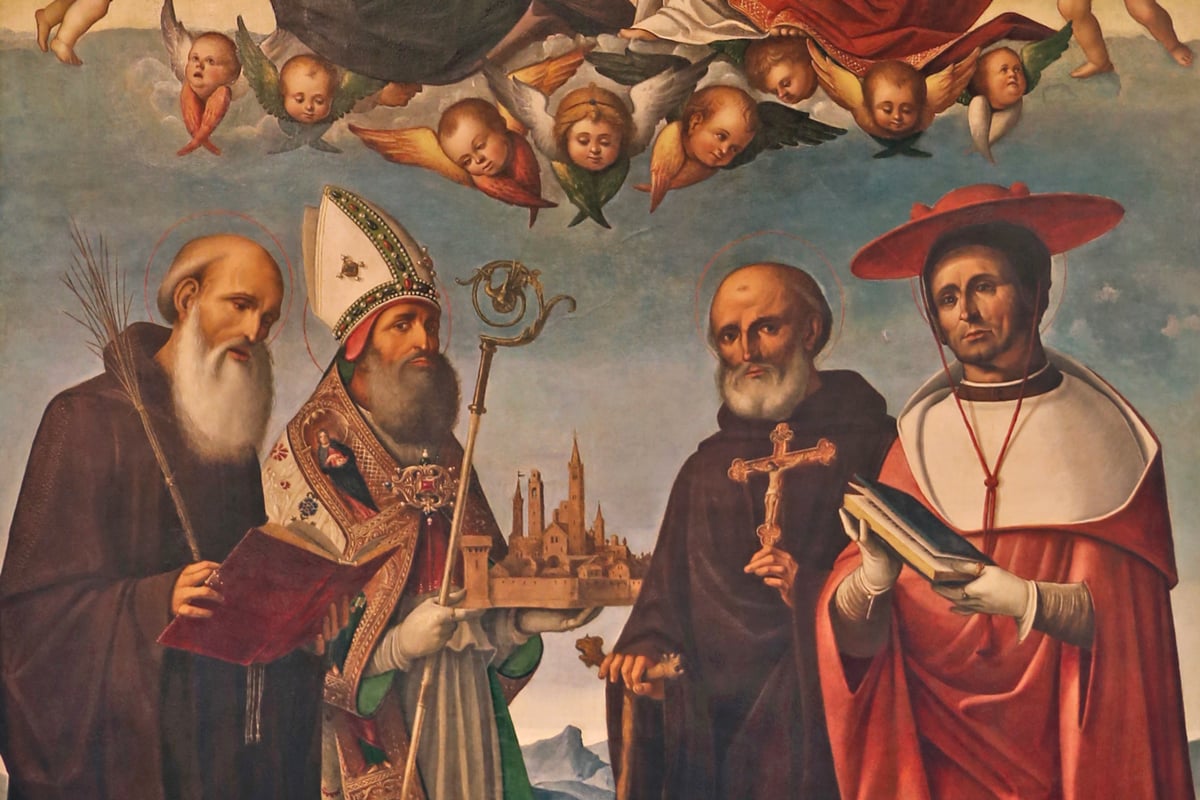
Like every Saint, Mercuriale has its history and mythology, well-known in the city of Forlì.
Tradition states that a dragon wandered through the countryside of Forlì, bringing death and destruction on its way. Many knights tried to kill him, always falling under its power and ferocity.
So San Mercuriale decided that he had to stop the vexation of this ancient creature. So he wrapped the dragon in his pastoral stole, and threw it into a deep well, making it harmless. The place where he threw the dragon today is called Bussecchio, from Pozzecchio (small well).
According to many historians, this myth might have a historical valence: the dragon would symbolize the power of the river Montone, while the saint would be the emblem of human power over the waters.
King Arthur in Modena
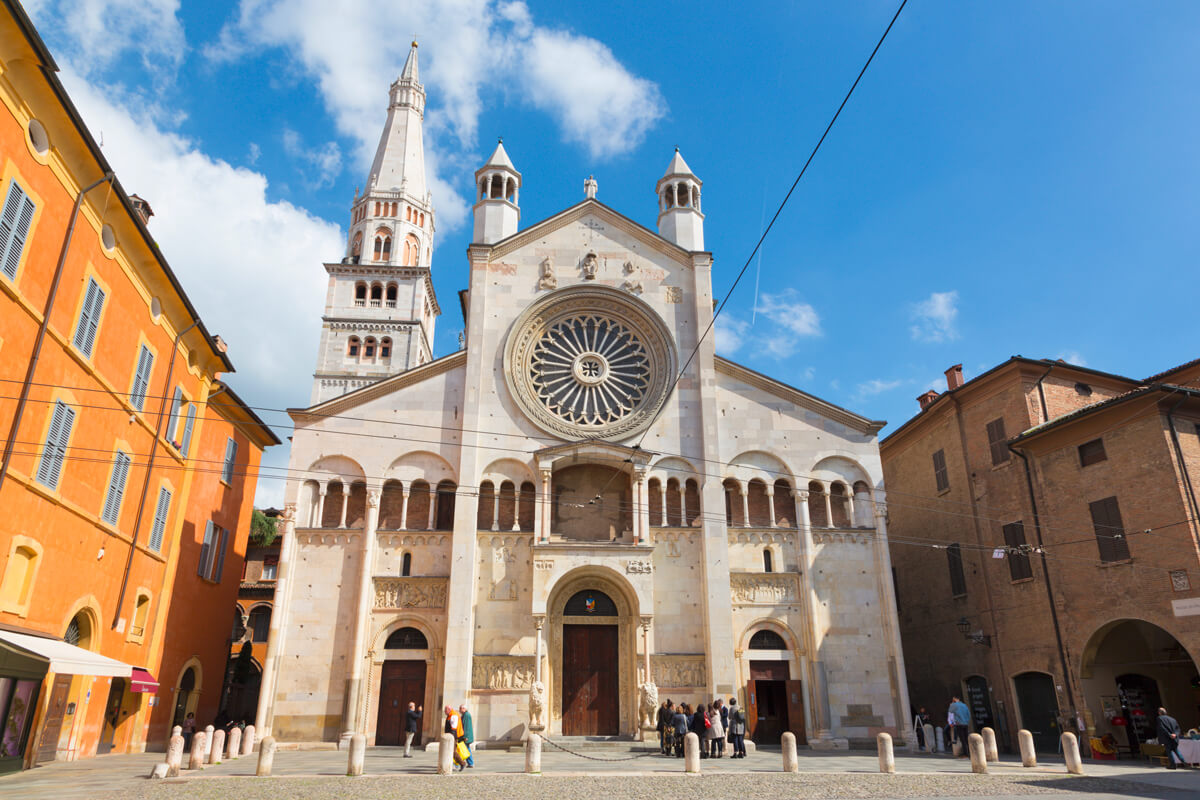
Maybe not everyone knows that on the northern side of the Modena Cathedral there’s a circular bas-relief depicting an episode of King Arthur’s life.
Some inscriptions show the names of the legendary characters, among which Geneva, Mordred, Gawain and Arthur himself. According to historians, the bas-relief would date back between 1120 and 1130, a period that is previous to the collection of legends about King Arthur made by Geoffrey of Monmouth in 1135.
So what is the explanation for the mysterious existence of the myth of Arthur in Modena?
Bardi and Hannibal's Elephant
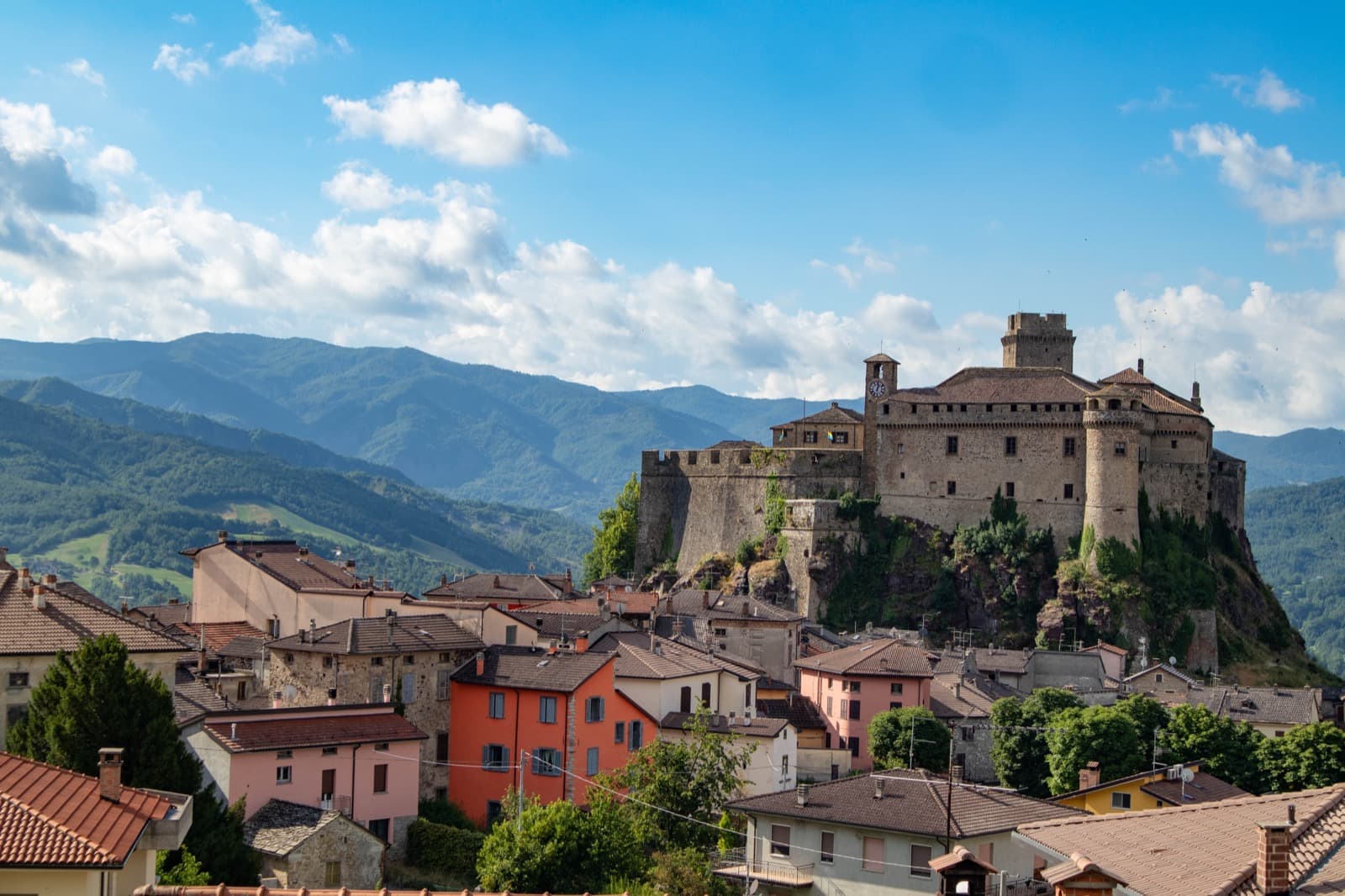
In the past the town of Bardi was known as Barrus. The popular belief says that Barrus wasn’t a personality of the past, but an elephant, and more precisely one of the 37 elephants of Hannibal.
According to the legend, this elephant came to die in these places and the local population, struck by the extraordinary animal, decided to give its name to the village that stood near its dead body.
This is obviously a myth, despite Hannibal and his elephants’ actual passed through these places. In reality, the name of Bardi derives from Longobardi, a group of barbarians that settled here in 600 AD.
Rocca d'Olgisio and the French Army
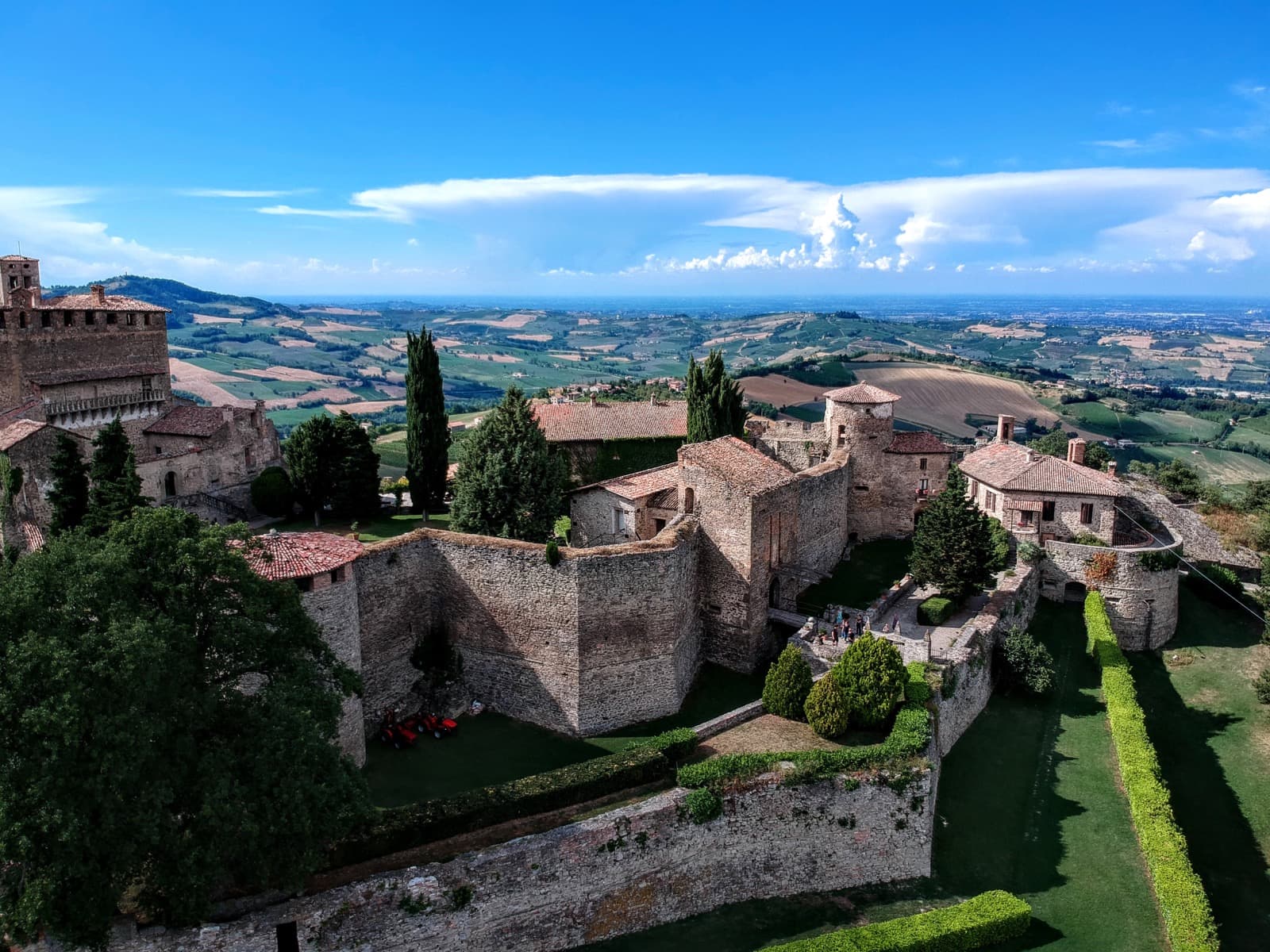
The Fortress d’Olgisio is one of the oldest fortresses in the area of Piacenza. The first mention of the building in official documents dates back to 1037 AD.
It has often been under siege during the wars that hit northern Italy, because of its strategic position. One particular episode deserves a mention.
At the beginning of the 16th century, the King of France conquered the state and possessions of the Duke of Milan.
At that time the fortress of Olgisio belonged to the Dal Verme family. The French King put them in front of an ultimatum: surrender and give him the Fortress or slowly die under French cannonballs.
The Dal Verme family, who better knew the quality of their walls, did not give up and the French had to besiege the fortress with two thousand infantrymen, one hundred knights and several pieces of artillery.
The chronicles narrate that in only eight days 1160 cannonballs struck the fortress’ walls, but the besieged didn’t surrender. On the eastern side of the fortress, the effects of the attack are still visible.
The Dal Verme family had to surrender just because betrayed by a man who secretly opened the door to the French.
Author
You may also like
Castles with ghosts in Italy – a thrilling experience in Emilia Romagna
by Elisa Mazzini /// October 22, 2020
Mysteries and legends of Rimini and surroundings
by Elisa Mazzini /// September 21, 2018

Interested in our newsletter?
Every first of the month, an email (in Italian) with selected contents and upcoming events.
